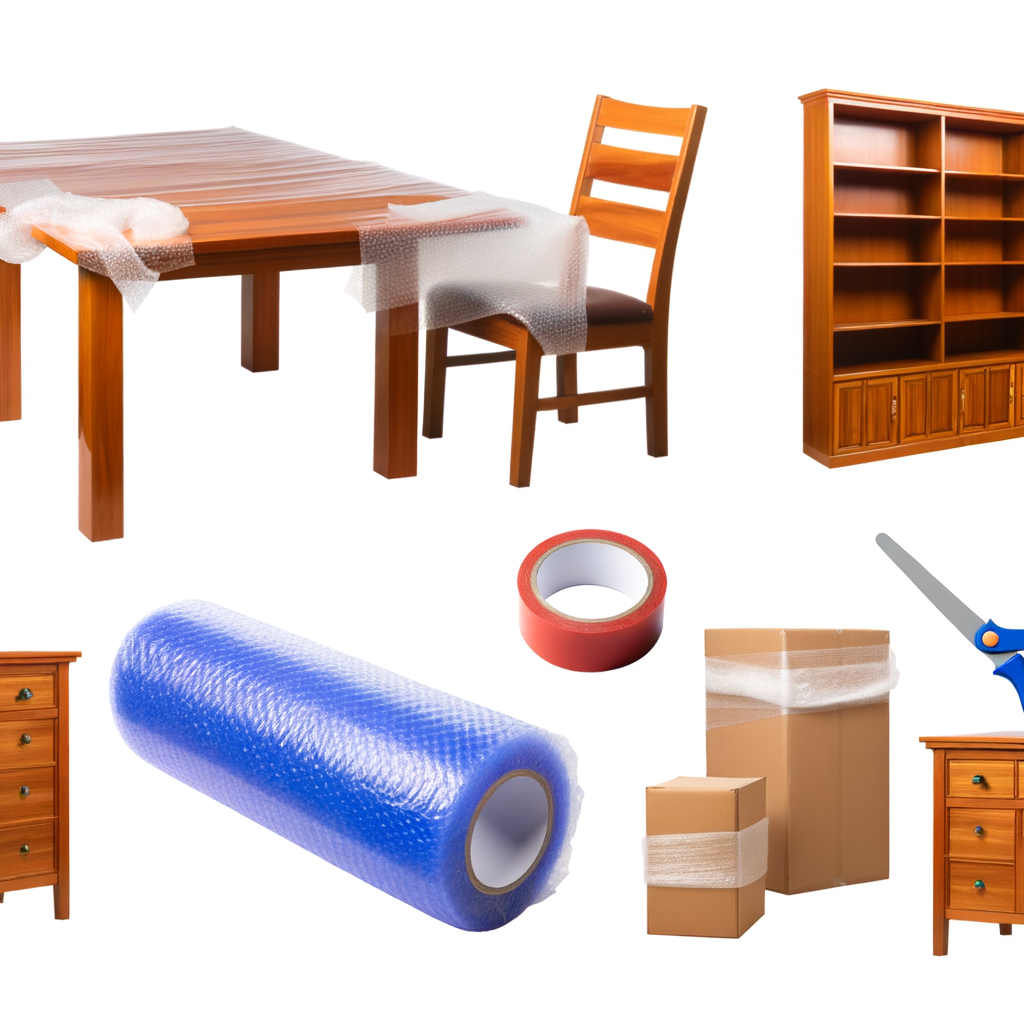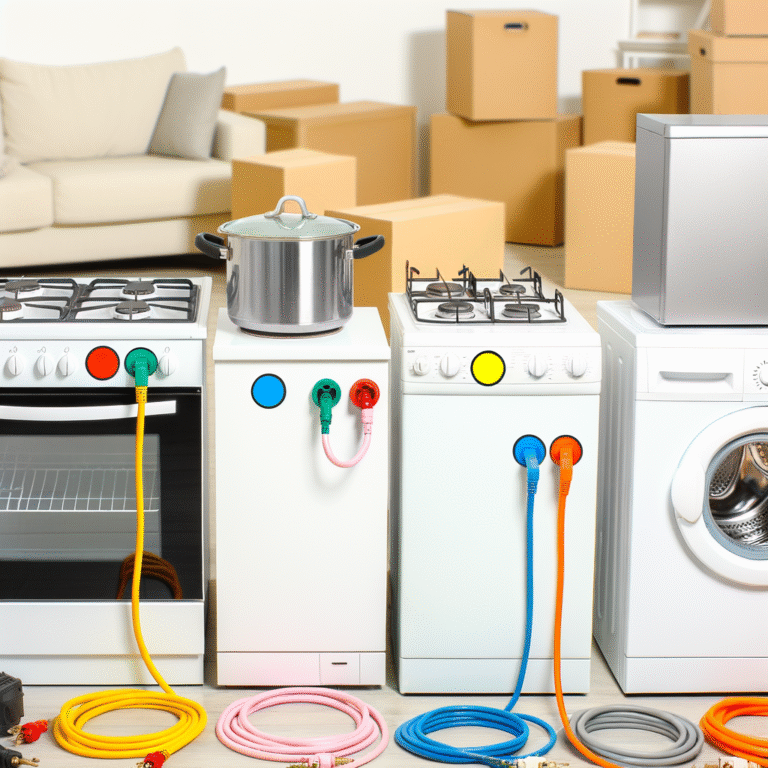How to Protect Wooden Furniture When Moving: 7 Simple Methods
Moving day is filled with excitement, chaos, and unexpected mishaps—but nothing stings quite like discovering a deep scratch gouged into your grandmother’s vintage oak dresser. When it comes to relocating, wooden furniture is often the biggest casualty. Without the right precautions, your cherished wood pieces can end up dented, cracked, or warped beyond repair. But don’t panic—protecting wooden furniture during a move isn’t just possible, it’s simple when done the right way. Here are 7 proven methods to keep all that gorgeous grain safe during your transition.
Assess and Inventory Your Wooden Furniture
Before you start wrapping and boxing anything, take inventory. Identify which pieces of wooden furniture are particularly valuable, antique, or delicate. These items may need extra layers of protection or even a different moving method altogether.
Carefully inspect and document the current condition of each item. Take pictures and notes of any existing damage. This not only helps with insurance claims later if anything happens, but it also gives you peace of mind during an otherwise hectic process.
Some wooden pieces look solid but weren’t built to be moved whole. Bookcases, wardrobes, and bed frames might be easier—and safer—to take apart. Decide early what can or should be disassembled to make packing and loading easier.
Clean and Prepare Furniture Before Packing
Dust and grime may seem harmless, but those particles can turn into tiny abrasives once your furniture is wrapped. Always clean your wood surfaces before packing to prevent scratches and discoloration.
Use a soft cloth and a specialized wood cleaner. Avoid harsh chemicals that can compromise the finish. Be thorough, particularly in corners, crevices, and around decorative elements.
Just as important—make sure everything is completely dry. Wrapping damp wood can lead to moisture buildup, which encourages mold and warping. Let each piece air dry fully before proceeding to the next step.
Disassemble Furniture When Possible
Disassembly reduces the chances of a piece getting caught, twisted, or broken during a move. Detach table legs, shelves, and any protruding or delicate hardware.
Keep all screws, bolts, and small hardware in zip-top bags labeled for easy reassembly later. Tape the bags to the furniture components or store them in a clearly marked moving box.
Each disassembled part should be wrapped individually. Don’t just lump items into a pile—thin wooden parts are prone to snapping under pressure. Use padding liberally.
Use Protective Wrapping Materials
Furniture pads and thick moving blankets are your first line of defense. Wrap every surface snugly, especially tops and sides that often come in contact with door frames and truck walls.
For intricate wood carvings or sharp corners, use bubble wrap. It absorbs shocks and prevents breakage. Stretch plastic wrap can then be used to secure the blankets or bubble wrap in place.
However, be extra cautious when using plastic directly on wood. According to the American Moving & Storage Association: “Plastic wrap can trap moisture, leading to damage on unfinished or antique wood surfaces.” Always place a breathable barrier—like a cotton sheet—between wood and plastic.
Secure Corners and Legs
Corners and legs are especially vulnerable. Use soft foam or corner protectors on desks, tables, and dressers to shield these areas from dings and cracking.
Wrap chair and table legs in thick towels or bubble wrap. Then, use strong packing or painter’s tape to hold everything in place without damaging the surface.
Don’t skimp here—broken legs are a common mishap during transport and often leave pieces unstable or unsafe to use later.
Carefully Load Furniture Into the Truck
Loading is where most of the damage happens—drop one item, shift a few boxes, and an entire antique bookshelf can suffer. Always place heavy wooden pieces on the bottom to avoid crushing lighter items.
Keep items upright when possible. Laying wooden furniture on its side can stress joints and finishes. Use ratchet straps to secure furniture to the side walls of the truck and prevent shifting during transit.
Avoid stacking boxes on top of delicate wood surfaces. Even lightweight containers can leave impressions or warp thinner wood panels over time.
Protect Against Moisture and Temperature Changes
Wood is sensitive to its environment. Before your furniture even leaves the house, consider wrapping it in a moisture barrier like a tarp or plastic sheeting—especially if you’re moving in rainy or humid weather.
Never store wooden items in damp, unventilated spaces or uninsulated garages. Long-term exposure to humidity or fluctuating temperatures can cause swelling, cracking, or mold.
If your move includes storage, opt for climate-controlled facilities. Even short-term storage should be in indoor units to regulate temperature and moisture levels.
Unload and Reassemble with Care
Once you arrive at your new home, take a breath before diving in. Carefully inspect each item for damage as you unpack it. Compare to the photos you took before the move.
Use your labeled hardware bags to reassemble disassembled furniture. Take your time—forcing pieces back together can cause splits or alignment issues.
Once reassembled, give your wood furniture a refresh. Wipe down surfaces, polish everything, and check for minor nicks that can be easily remedied with a wood marker or filler.
Bonus Tips
If you’re moving heirloom furniture or high-ticket wooden pieces, consider hiring professional movers who specialize in antiques. They have the tools (and the insurance) to handle unique challenges.
Speaking of insurance—don’t assume your standard homeowners policy covers damage during a move. Look into supplemental insurance that includes your valuables in transit.
Finally, create a layout of your new home before placing your furniture. Too many abrupt movements or tight turns increase the odds of bumping into walls or door frames.
Conclusion
Wooden furniture isn’t just functional—it’s often sentimental, expensive, or irreplaceable. That’s why taking the time to protect it during a move is crucial. From cleaning thoroughly and disassembling what you can, to using the right wrapping materials and storing correctly, each step matters.
Plan ahead, take the proper precautions, and you’ll arrive at your new home with your furniture looking as good as it did before it left the old one. Keep these seven smart methods in mind and make your next move less stressful—and way more successful.













